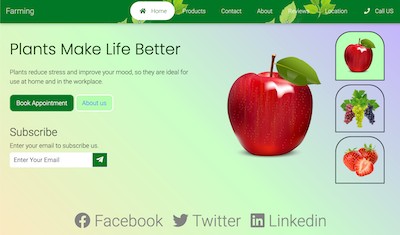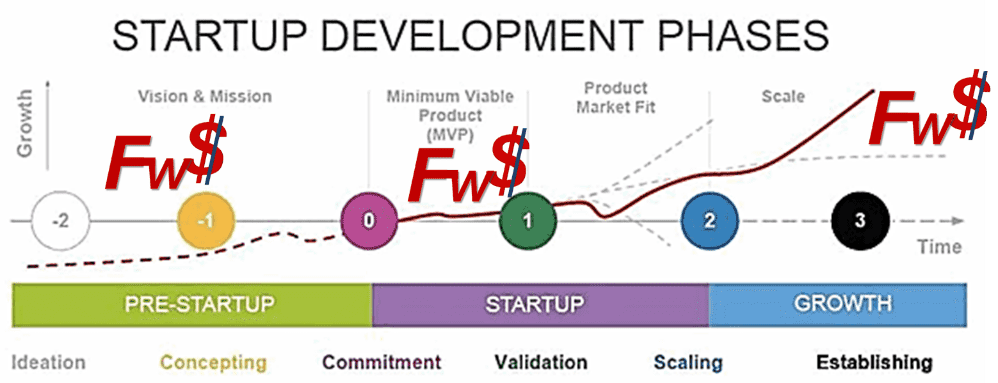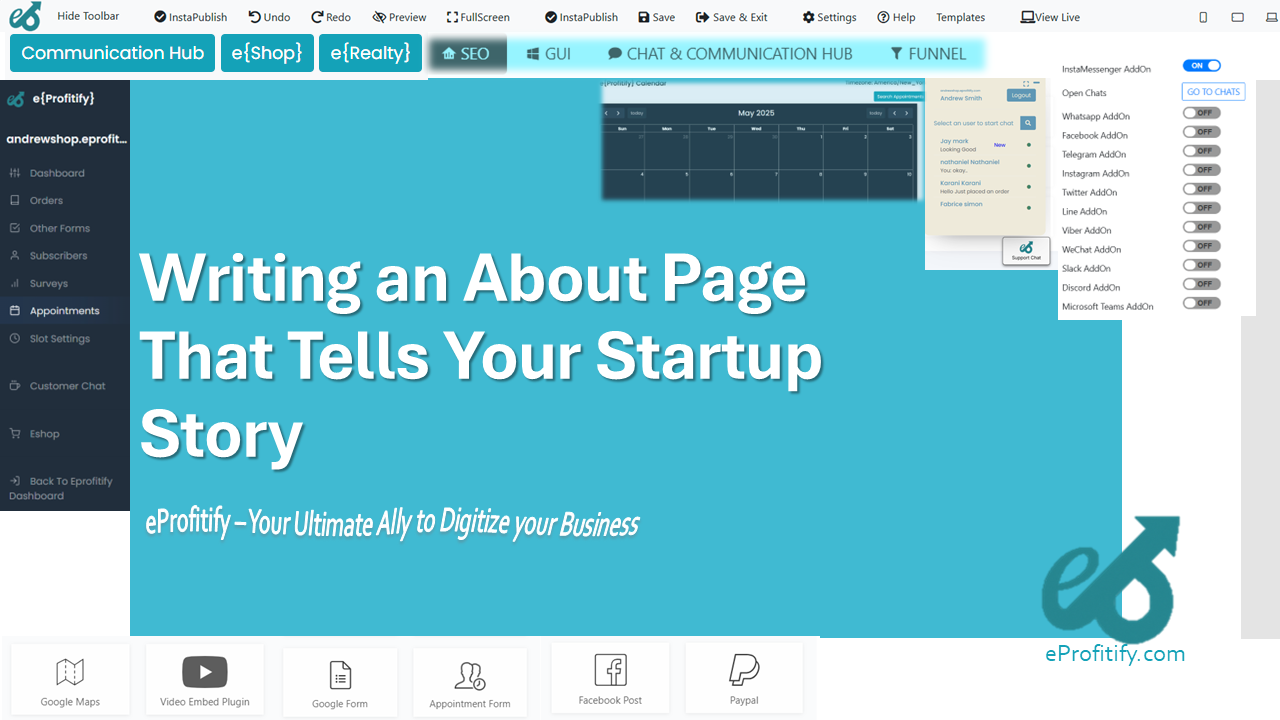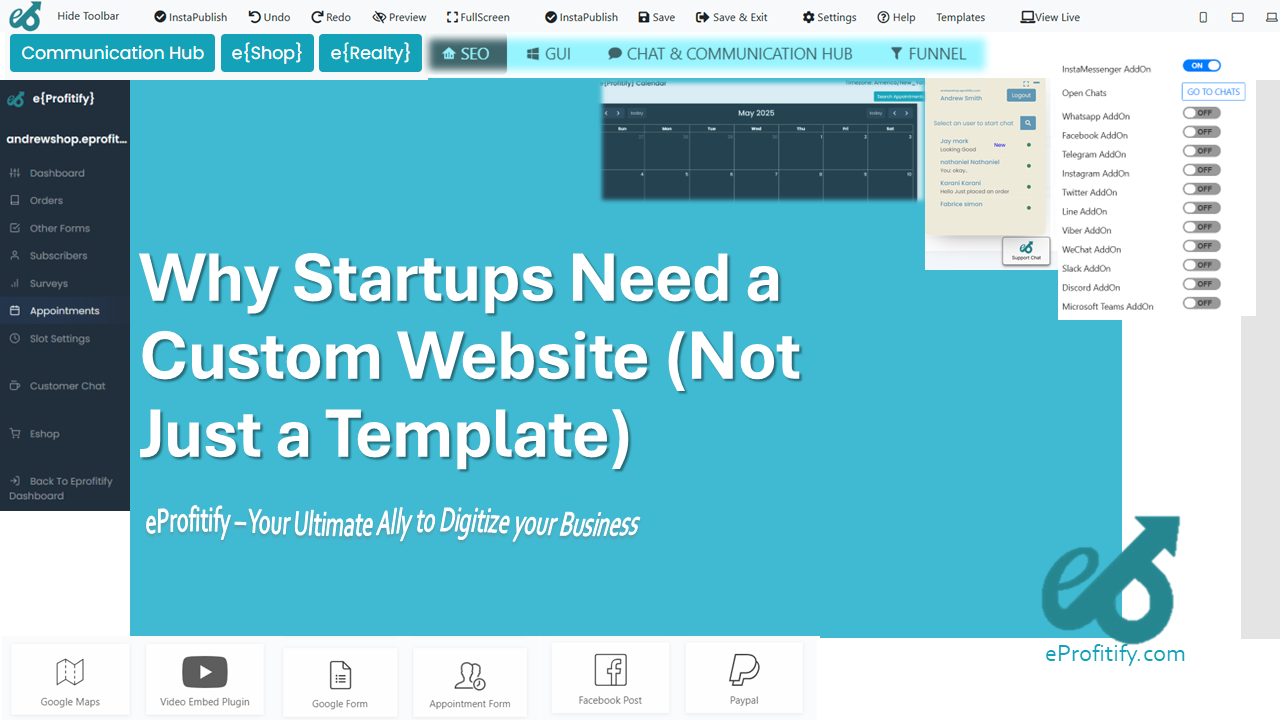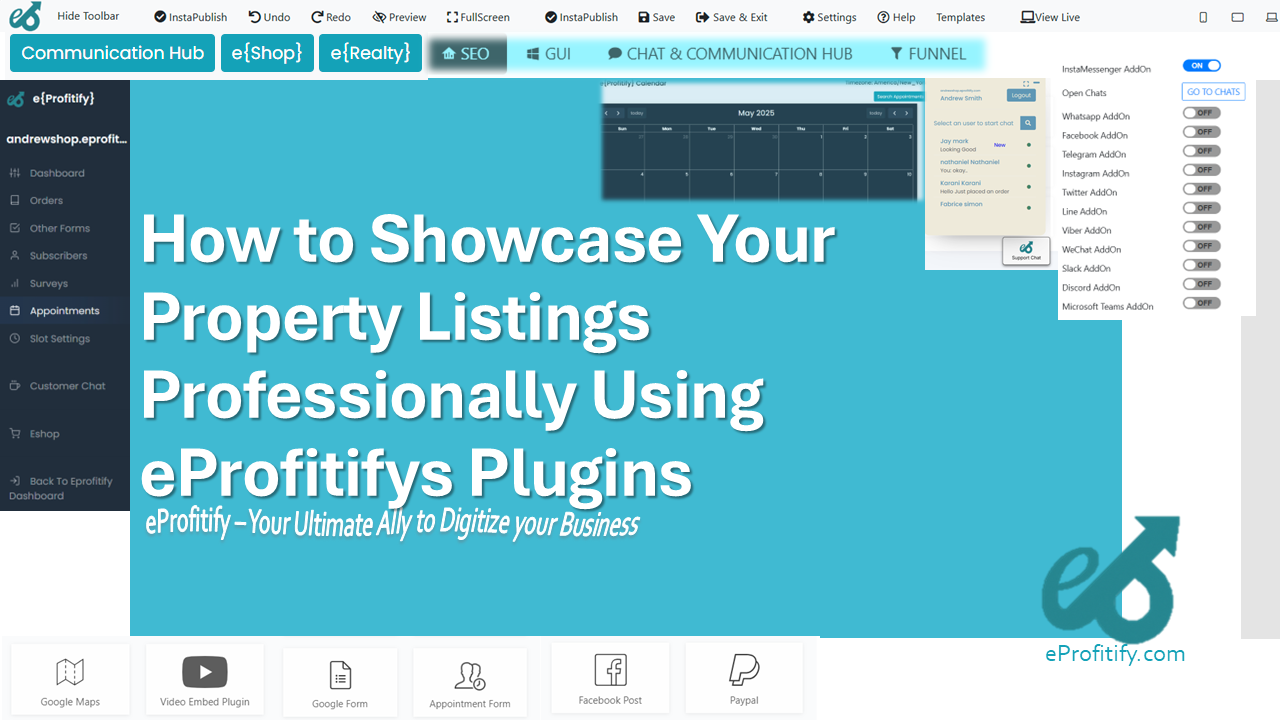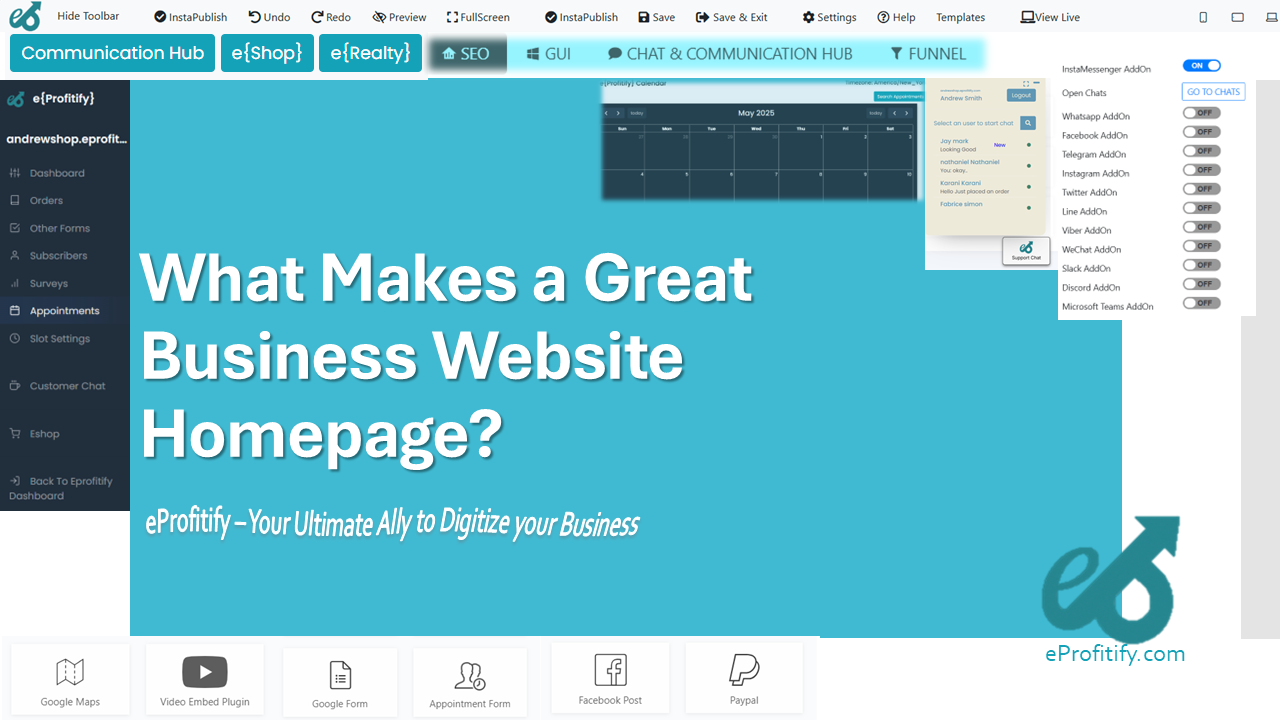Ensuring Mobile Accessibility for All Users
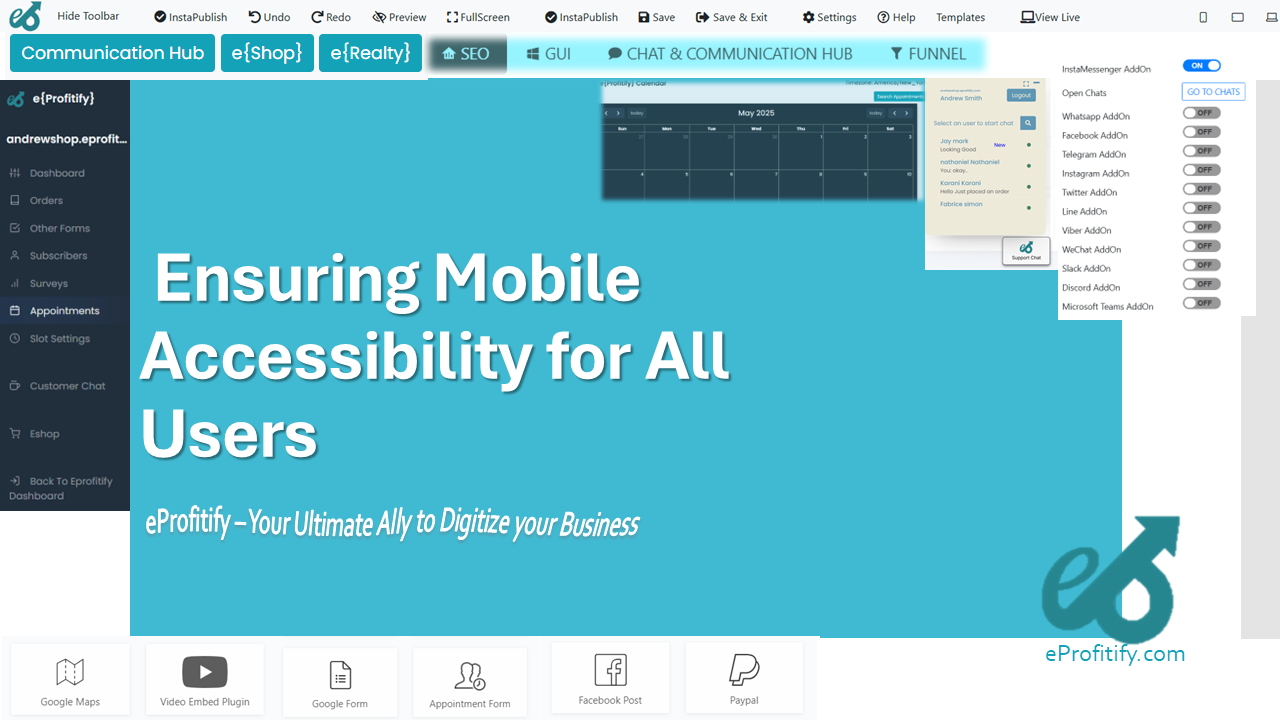
Ensuring Mobile Accessibility for All Users: A Path to Inclusivity and Growth
By leveraging technology and tools like Eprofitify, businesses can create equitable digital experiences.
The rapid rise of mobile devices has transformed how we connect, work, and shop. Globally, 6.92 billion people use smartphones, and mobile traffic accounts for 58% of all web visits (Statista, 2023). Yet, despite this ubiquity, many mobile platforms remain inaccessible to millions of users with disabilities. Over 1.3 billion people worldwide live with a significant disability (WHO), and 71% of users with disabilities will abandon a website or app if it’s not accessible (Accessibility.com, 2022). For businesses, prioritizing mobile accessibility is no longer optional—it’s a legal, ethical, and commercial imperative.
This article explores the importance of inclusive mobile design, actionable strategies to improve accessibility, and how platforms like Eprofitify, a leading website publishing and management tool, empower businesses to build accessible ecosystems that benefit all users.
The Critical Need for Mobile Accessibility
Mobile accessibility ensures that apps, websites, and digital services are usable by individuals with diverse abilities, including those with visual, auditory, motor, or cognitive impairments. Key statistics underline the urgency:
- 98% of websites fail to meet basic accessibility standards (WebAIM, 2023).
- 57% of screen reader users consider mobile apps less accessible than desktop sites (WebAIM).
- Accessible websites can boost revenue by tapping into a market with $13 trillion in global disposable income (Return on Disability Group).
Beyond financial incentives, legal risks abound. In 2022, the U.S. saw 3,255 digital accessibility lawsuits—a 12% increase from 2021 (UsableNet). Non-compliance with the Americans with Disabilities Act (ADA) or Web Content Accessibility Guidelines (WCAG) can result in costly penalties and reputational damage.
Designing for Diverse Needs
Creating accessible mobile experiences requires intentional design:
1. Visual Accessibility
- Text Scalability: Allow users to resize text without breaking layouts.
- Color Contrast: Ensure a minimum contrast ratio of 4.5:1 for text (WCAG 2.1). Over 300 million people have color vision deficiency, making contrast a critical factor.
- Alt Text for Images: Provide descriptive text for visuals to aid screen reader users.
2. Auditory Accessibility
- Captions and Transcripts: Add subtitles to videos and transcripts for audio content.
- Adjustable Audio Controls: Enable volume adjustments and alternatives for sound-based interactions.
3. Motor and Cognitive Accessibility
- Touch Targets: Buttons and links should be at least 48x48 pixels for easy tapping (Google Material Design).
- Simplify Navigation: Use clear headings, consistent layouts, and keyboard-friendly interfaces.
- Avoid Time Limits: Let users control time-sensitive tasks, such as form submissions.
Leveraging Technology for Accessibility
Modern tools and frameworks simplify compliance while enhancing functionality. For instance:
- AI-Powered Solutions: Tools like Microsoft’s Seeing AI and VoiceOver for iOS convert text to speech or describe images in real time.
- Responsive Design Platforms: Systems like Eprofitify enable businesses to create mobile-optimized sites with built-in accessibility features.
Eprofitify: A Leader in Inclusive Digital Solutions
Eprofitify stands out as a comprehensive website publishing and management platform designed to streamline accessibility while delivering advanced business tools. Its features include:
- Accessible Templates: Pre-designed templates compliant with WCAG 2.1, ensuring proper color contrast, semantic HTML, and keyboard navigation.
- Instant Messaging: A chat system with options for text-to-speech and alt-text support.
- Appointment Management: An intuitive interface compatible with screen readers, allowing users to book services without barriers.
- Ecommerce Integration: Product pages with ARIA labels, accessible checkout flows, and payment gateways optimized for assistive technologies.
- CRM: Tracks user preferences (e.g., font size, contrast settings) to personalize repeat visits.
By embedding accessibility into its DNA, Eprofitify helps brands comply with regulations while fostering customer loyalty. For example, a retail client using Eprofitify saw a 30% increase in mobile conversions after improving alt-text and form accessibility.
Challenges and the Road Ahead
Despite progress, barriers remain:
- Cost Myths: 60% of businesses believe accessibility overhauls are expensive, yet 70% of fixes require minimal effort (Accessibility Development Report, 2023).
- Lack of Awareness: Only 27% of developers prioritize accessibility in initial designs (Stack Overflow Survey).
- Dynamic Content: Single-page apps (SPAs) and real-time updates often confuse screen readers.
The future demands collaboration between developers, businesses, and policymakers. Innovations like voice navigation, AI-driven personalization, and stricter enforcement of standards will drive change.
Conclusion: Accessibility as a Growth Strategy
Mobile accessibility isn’t just about compliance—it’s about inclusivity, innovation, and growth. With 80% of disabled users reporting higher loyalty to accessible brands (Click-Away Pound), businesses that prioritize inclusivity gain a competitive edge.
Tools like Eprofitify exemplify how technology can bridge gaps, offering features from CRM to ecommerce within an accessible framework. By adopting such platforms, companies not only mitigate legal risks but also tap into underserved markets, improve SEO (Google prioritizes accessible sites), and enhance brand reputation.
As mobile usage surges, the call for equity grows louder. The question isn’t whether to invest in accessibility—it’s how quickly businesses can act to ensure no user is left behind.
Statistics Sources:
- Statista (2023)
- World Health Organization (WHO)
- WebAIM Survey (2023)
- UsableNet (2022)
- Return on Disability Group
Eprofitify: Empowering businesses to build accessible, all-in-one digital ecosystems.
